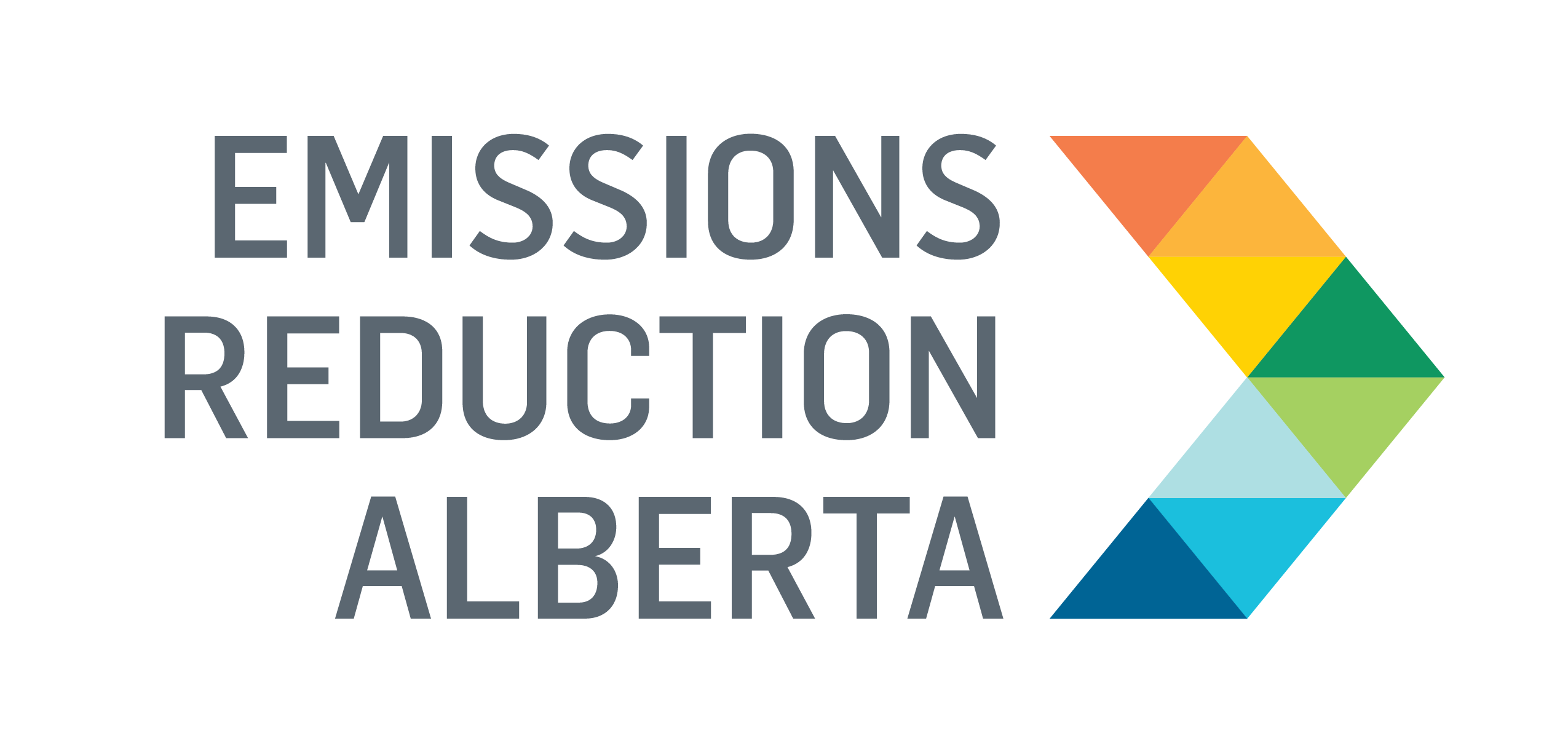Advancing a Novel Enzyme for Efficient Carbon Capture
Funded through Round 5: SMEs only, this project successfully advanced CO2 Solutions Inc.’s enzymatic carbon capture technology from lab-scale to large bench-scale, achieving significant reductions in energy use and overall capture costs compared to conventional amine-based methods. The project prepared the technology for a 10-tonne/day field pilot with Cenovus (formerly Husky Energy), positioning it for commercial use in enhanced oil recovery (EOR) and future carbon capture and storage (CCS) applications.
CO2 Solutions Inc.’s technology is a novel post-combustion carbon capture system that uses a carbonic anhydrase (CA) enzyme to speed up the absorption of CO2 into a carbonate-based solvent. In the process, flue gas containing CO2 is contacted with the solvent in an absorber column, where the enzyme enhances the speed and efficiency of CO2 capture. The CO2-rich solvent is then heated using low-grade or waste heat to release pure CO2, after which the lean solvent is recycled. Compared to conventional amine-based systems, this enzymatic approach operates at lower temperatures, has higher solvent stability, produces no toxic by-products and results in lower CO2 capture costs, making it especially suitable for industrial applications such as oil sands operations and EOR.
Adapting Commercialization Strategies to Market Conditions
The project revealed several important lessons that shaped the future direction of the technology and its commercialization strategy. Technically, the project confirmed that the enzymatic carbon capture process could operate efficiently at industrial scales, significantly reducing energy requirements by using low-grade or waste heat and achieving over 30 per cent cost savings compared to conventional amine systems. The enzyme itself proved to be stable and effective under regeneration conditions, validating its practicality for long-term, continuous use. Operationally, the process was shown to be simpler and to avoid toxic byproducts, reducing corrosion and eliminating the need for costly solvent reclamation systems. A major strategic lesson learned was the need to align technology deployment with market and regulatory realities. Delays and uncertainty in Canadian carbon regulations at the time meant that purely climate-driven applications like CCS were not commercially viable in the short term, prompting a pivot toward EOR and other CO2 reuse markets where there was a clearer economic incentive. This highlighted the importance of flexibility in commercialization planning and reinforced the value of having a technology platform that can adapt to both policy-driven and market-driven opportunities.
What’s next?
Six years after the successful completion of this project, in 2014, Saipem Technology, an Italian engineering company, acquired CO2 Solutions Inc. Following the acquisition, Saipem continues to develop the enzyme-based carbon capture technology, naming it CO2 Solutionsᵀᴹ. With extensive testing and successful deployment at TRL 8 in a pulp mill application, the CO2 Solutionsᵀᴹ has demonstrated its reliability and effectiveness in real-world settings. Saipem is continuing the technology’s development through its Access Innovation Project, which works to apply carbon capture across industries, testing the CO2 Solutionsᵀᴹ in different industrial sectors with a wide range of compositions.
